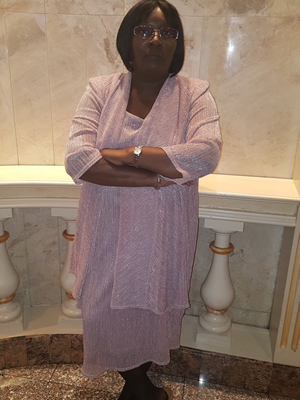What Is The Chinese Herbal Tea Wang Lao Ji Made From?
In China one of the most popular herbal teas is wang lao ji or wong lo kat in Cantonese. Wang lao ji is said to be a product that was commercialized and sold by Wang Zebang (nicknamed Wang Ji ) from Heshan in Guangdong province in 1828.
Currently sold as a herbal beverage, with the ingredients being seven different kinds of Chinese herbal plants: “Water, white sugar, mesona, dan hua, Bu Zha ye (Microcos paniculata Linn), Chrysanthemum flowers, jin yin hua (Lonicera japonica Thunb.), Prunella vulgaris, and licorice. (The “Dan hua” does not refer to eggs, but refers to the Apocynaceae species).
This is a seven part series exploring the contents of Wang Lao Ji seven herbal tea drink on FB Liangcha-Herbal Tea.
One of the major herbs in Wong Lo Kat is Xia ku cao, or Prunella vulgaris commonly known as self-heal, heal-all, heart-of-the-earth, and is a medicinal plant in the genus Prunella. It’s a perennial herb found throughout Europe, Asia and the North America and grows by spreading it’s roots underground. The flowers bloom depending on the climate and other conditions but generally from June to August.
For medicinal purposes, the entire plant is harvested when the flowers bloom, and dried. The leaves and small flowers are all edible.
Heal all is both edible and medicinal and can be used in salads, soups and stews. Medicinally heal all has been used in alternative medicine for centuries on just about every continent in the world and for just about every ailment.
- Plant’s constituents: betulinic acid, D-camphor, delphinidin, hyperoside, manganese, oleanolic acid, rosmarinic acid, rutin, ursolic acid, and tannins.
- Medicinal properties: antibacterial, antipyretic, antiseptic, antispasmodic, antiviral, astringent, carminative, diuretic, styptic, and tonic.
- Medical Uses: fevers, diarrhea, sore mouth and throat, internal bleeding, and weaknesses of the liver and heart
There is clinical analysis showing it has antibacterial action, inhibiting the growth of pseudomonas, Bacillus typhi, E. coli, Mycobacterium tuberculi. Therefore, supporting its use as an alternative medicine internally and externally as an antibiotic and for hard to heal wounds and diseases.
Source by Ben Sanami














 Hits Today : 1224
Hits Today : 1224 Total Hits : 1082367
Total Hits : 1082367 Who's Online : 1
Who's Online : 1